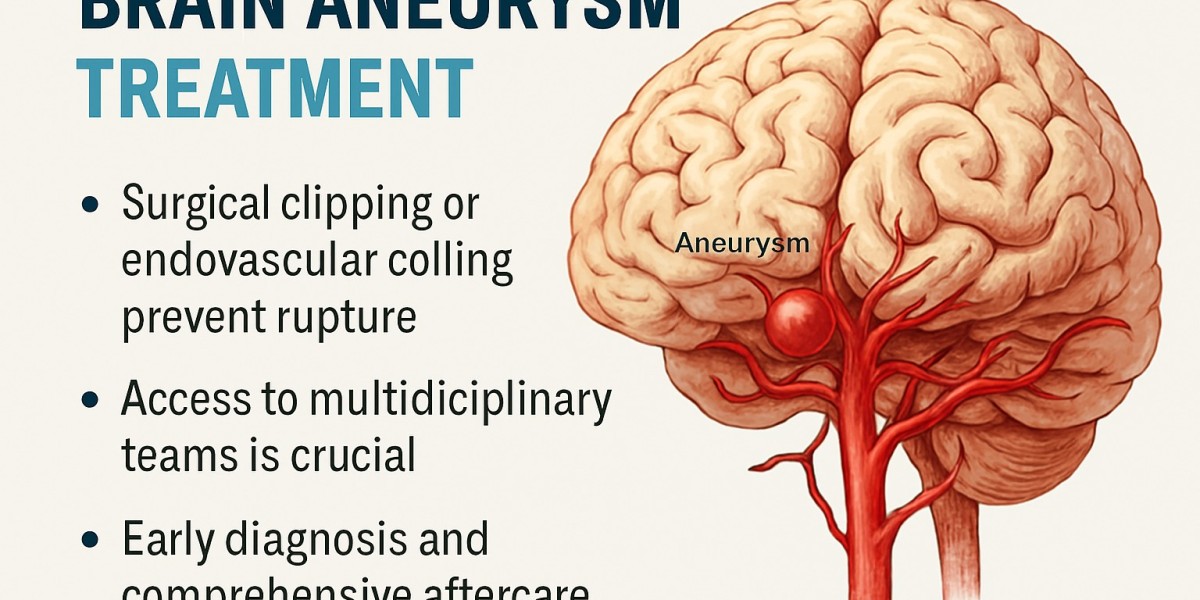A brain aneurysm, also known as a cerebral aneurysm, is a bulge or ballooning in a blood vessel in the brain that can leak or rupture, causing bleeding into the brain (hemorrhagic stroke). This condition is often silent until it becomes life-threatening, making early detection and treatment critical. Advances in medical imaging and neurosurgical techniques have significantly improved outcomes for patients diagnosed with brain aneurysms, offering hope and recovery where once there was uncertainty.
Treatment options for brain aneurysms vary depending on the size, location, and risk of rupture. The two primary interventions are surgical clipping and endovascular coiling. Surgical clipping involves placing a tiny metal clip at the base of the aneurysm to stop blood flow, while endovascular coiling uses a catheter to fill the aneurysm with coils that induce clotting. Both methods aim to prevent rupture and reduce the risk of future complications. When considering treatment abroad, patients often seek care in the best countries for brain aneurysm treatment which typically include the United States, Germany, Japan, and South Korea due to their advanced neurosurgical expertise and cutting-edge technology.
In recent years, minimally invasive techniques have gained popularity, offering shorter recovery times and reduced surgical risks. Innovations such as flow diverters and stent-assisted coiling have expanded the treatment landscape, especially for complex or wide-necked aneurysms. These procedures are often performed in specialized centers with high volumes of neurovascular cases, which correlates with better patient outcomes. Access to multidisciplinary teams—including neurologists, neurosurgeons, and interventional radiologists—is essential for personalized care.
Post-treatment recovery involves careful monitoring, rehabilitation, and lifestyle adjustments to prevent recurrence or complications. Patients may need physical therapy, cognitive rehabilitation, and regular imaging follow-ups. Emotional support and education are also vital, as surviving a brain aneurysm can be a traumatic experience. Family involvement and access to support groups can significantly enhance recovery and quality of life.
In conclusion, brain aneurysm treatment has evolved dramatically, offering patients a range of effective options tailored to their specific condition. With global advancements in neurosurgery and interventional radiology, individuals can seek care in top-tier medical centers around the world. Early diagnosis, expert intervention, and comprehensive aftercare remain the pillars of successful treatment and long-term recovery.






